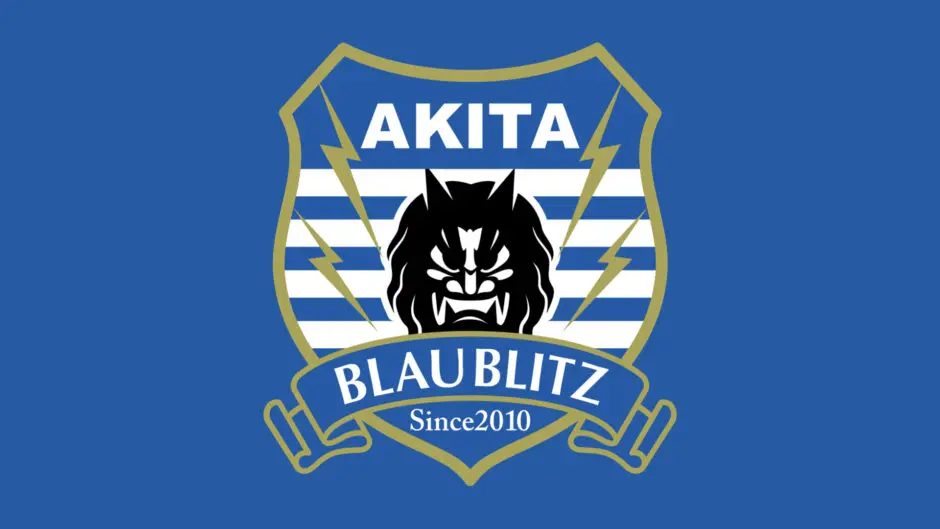
Blaublitz Akita FC
These endeavors help cultivate a loyal fan base, as supporters see firsthand the club’s commitment to the region. Whether it’s hosting training camps for children or participating in charity events, Blaublitz Akita FC wants to be recognized as a pillar of the community, not just a football team mu9.ong.
The Competitive Landscape of Japanese Football Blaublitz Akita FC
To fully appreciate Blaublitz Akita FC’s journey, it’s essential to understand the broader context of Japanese football. The country’s football landscape is rich, diverse, and competitive, offering numerous opportunities and challenges for clubs at all levels.
Overview of the J-League Structure
Japan’s professional football system comprises several leagues, with the J1 League serving as the pinnacle. Below it lies the J2 League and the J3 League, where Blaublitz Akita FC competes. Each league presents unique challenges, and clubs must adapt to different styles of play, varying levels of competition, and fluctuating fan bases.
The hierarchy of leagues creates a dynamic environment where promotion and relegation can shift the fortunes of clubs dramatically. For Blaublitz Akita FC, the J3 League represents both a challenge and an opportunity, as they strive for promotional success while continuing to develop their identity.
Rivalries and Key Matches
Every club has its rivalries—games that evoke passionate feelings from players and fans alike. Blaublitz Akita FC’s rivalries, particularly with neighboring clubs, add excitement to the season. These matches bring heightened intensity, drawing larger crowds and inspiring exceptional performances.
The stakes are always higher in these matches, as players aim to perform at their best against familiar foes. The emotional weight carried into these encounters often leads to memorable moments that define both individual players’ careers and the overall legacy of the club.
Adaptation to Changing Trends
As football continues to evolve, so too must clubs like Blaublitz Akita FC. Keeping pace with changing trends—whether in tactics, player recruitment, or fitness regimens—is critical for remaining competitive.





